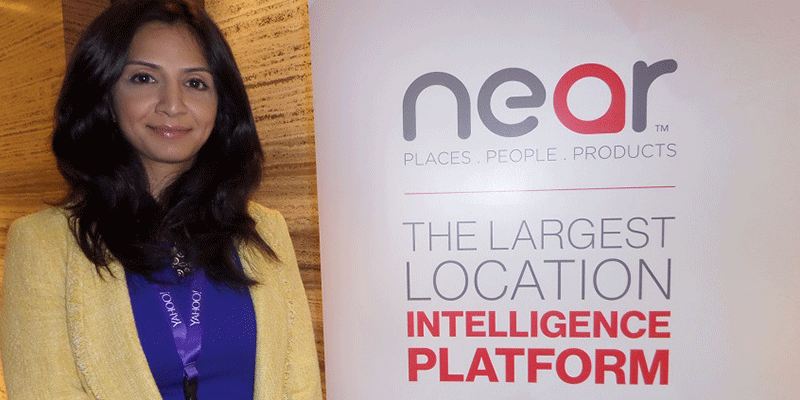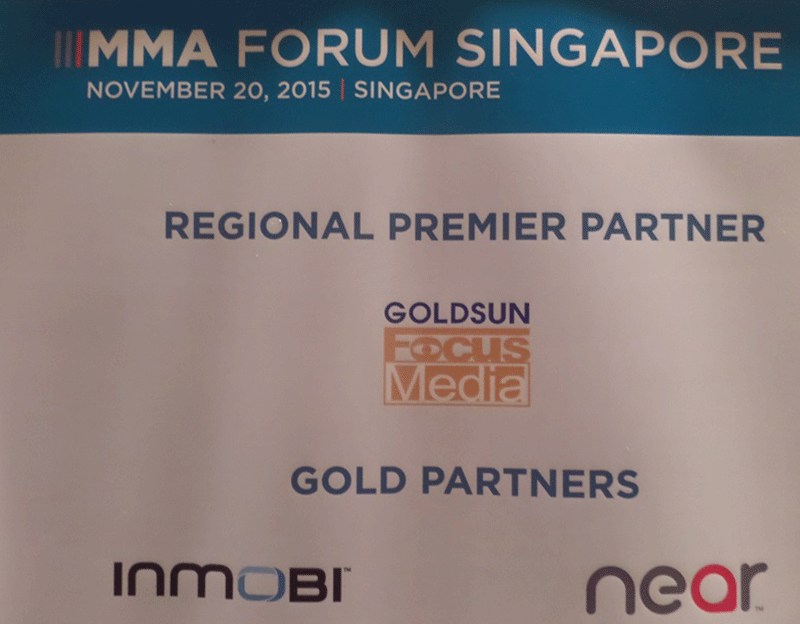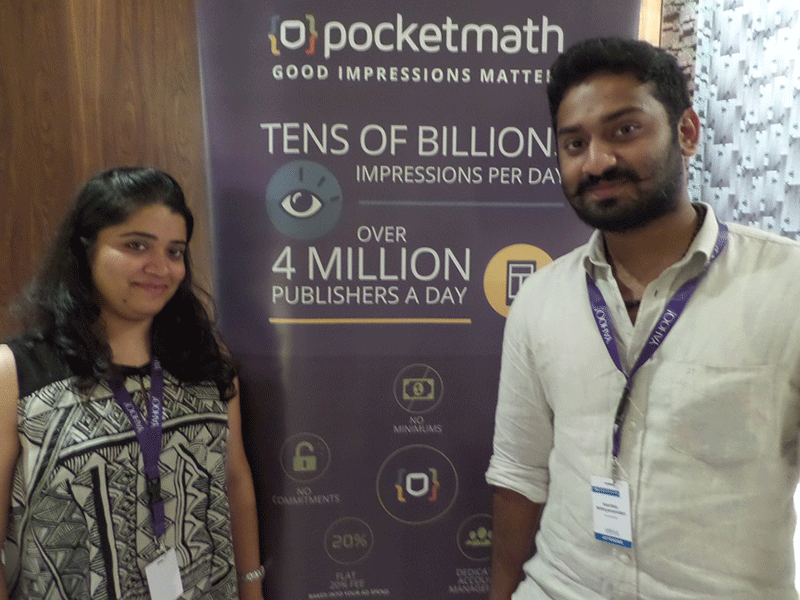Startups are key for mobile marketing success – insights from the MMA 2015 Summit
The Mobile Marketing Association’s sixth Asia-Pacific Forum wrapped up in Singapore this week, with a focus on the latest mobile shopping trends across Asia and the rise of startups as key fronts for mobile marketing. (See also YourStory’s coverage of the MMA summits from 2014 and 2013, and mobile insights from the Communicasia conference.)
“Content, connection and culture are key components of our mobile marketing strategy," said Rahul Welde, VP for Media at Unilever. Brands are repositioning themselves as content creators and publishers, and not just manufacturers and marketers. For example, Unilever has launched the media properties All Things Hair, Cleanipedia, Recipedia, Bango and BeBeautiful.
“There are three different demographics: have nots, haves, and have lots. But they all have mobiles,” said Welde. The company blends commercial with social messaging, eg. health and hygiene alerts during floods in Jakarta, and teaching maths in Africa.

On the one hand, Unilever has forged deep partnerships with digital giants such as Google, Baidu, Yahoo, Amazon, Microsoft and Facebook. At the same time, it has created the Unilever Foundry to work with startups in countries such as China, India and Singapore. (See the overview piece on ‘15 innovation tips: how large corporations can successfully engage with startups.’)
“We worked with one of the startups in our network and scaled its reach to 37 countries,” said Welde.
“Startups are the key to success for the big brand. Startups are the new innovation hub for MNCs,” said Rohit Dadwal, Managing Director of MMA Asia-Pacific. MMA has published research reports demonstrating the impact of mobile across the purchase cycle: awareness, image building, purchase intent, foot traffic and sales.
“We recommend that mobile marketing spend by brands should be at least 10-15% of their overall budget,” said Dadwal. Key success factors for mobile campaigns and messages include format, location, time of day and creatives.
Magic moments for mobile
Today’s battle for hearts, minds, and dollars is won (or lost) now in micro-moments - intent-driven moments of decision-making and preference-shaping that occur across the consumer journey, said Joanna Flint, Country Director, Google Singapore.
Asia has some market leaders in smartphone usage, such as search (Korea), shopping (Thailand) and maps (Singapore). Three buckets of important moments for consumers are ‘I want to go’ (maps), ‘I want to buy’ (local search), and ‘I want to know’ (factual search), explained Flint.
The ‘intent economy’ is a combination of context, immediacy and proximity. That’s what makes mobile so powerful,” she said. Companies like Myntra have shifted their focus entirely to the mobile channel.
Data meets design
The increasing use of Big Data and analytics in marketing is also opening the door to a new crop of startups and transformation in the creative industry. “Ad agencies now have to blend algorithms with creative messaging,” said Ashutosh Srivastava, Chairman and CEO for AMEA, Russia and Emerging Markets, Mindshare.

“To make mobile marketing succeed, you have to master the ‘design meets data’ challenge," said Suresh Shankar, Founder, Crayon Data. Consumers want five results for their product searches, not 500 results – on one mobile screen.
Nandita Pal, General Manager, SEA and Hong Kong, Near, also identified Big Data and analytics for mobile marketing as an area “screaming for disruption.” Permission-based marketing will work very well in the mobile context, added Gregory Armshaw, Digital Product Strategist and Advisor, Topme.
Opportunities and challenges
The mobile experience has evolved with text, photo, video and AR/VR, said Dan Neary, VP Asia, Facebook, citing the company’s acquisition of WhatsApp and Instagram as examples. New formats are emerging, such as the cinemagraph (photo plus a bit of video). Facebook is also working on a solar powered aircraft for Internet access, with wingspan greater than a commercial aircraft but lighter than a car.
Mobile video has grown by over 1,000 per cent from 2011 to 2014, said Vikas Gulati, Managing Director, Asia, Opera Mediaworks. “Mobile is the new TV,” he said. The company also works with partners such as AskMe to bring hyper-local search and commerce to local shops in India.
Many companies are wondering whether to use a mobile web site or a mobile app. “Use both, you can use your mobile web site to get users to download your app,” advised Purwa Jain, VP, Business Development and Growth, POKKT.
A video of mobile-driven social innovation was presented on behalf of Herwinto Sutantyo, Digital Business Innovation Advisor, XL Axiata. The mFish service has assisted Indonesian fishermen via weather alerts to return home, find better fuel and fish prices, tools, and boat repair.
The biggest challenge for the mobile marketing sector is talent, observed Edward Pank, Managing Director, Warc Asia Pacific. Brands and agencies need to keep educating themselves and experimenting. Startups are helping fill some of this innovation talent.
A key success factor for mobile marketing is constant testing and iterative optimisation, agreed Kaushal Bhalotia, Head, Online Marketing, Zalora.
The Road Ahead
Banks are also transforming themselves for the mobile age, said Kalidas Ghose, CEO, FE Credit, Vietnam. Banks have to mobile-enable five activities: transactions, services, borrowing, wealth management and protection, he said, citing the rise of Aadhar and e-KYC in India.
Players to watch include mobile-only banks such as Simple, GoBank and Moven. (See also my book review and interview with Sankar Krishnan, author, The Power of Mobile Banking.)

Mobile is driving upheaval in a number of industries, and opening the gates to a range of disruptive startups. “Music, games and retail are all becoming mobile-first services,” said Nitin Mathur, Senior Director, Marketing (APAC) and Head of Media (INSEA), Yahoo.
Indian corporates are tapping mobiles along with TV and print to reach consumers in novel ways. Godrej has launched FreeG, a mobile number (99808-99808) for consumers to call after seeing mass media ads, based on USSD to function across the feature-phone segment.
“Mobile doubled our RoI in many cases, and is a market multiplier,” said Shireesh Joshi, Head, Strategic Marketing, Godrej Group.
The conference also featured a range of startups. Mohammad Bashar, Co-Founder and Chief Product Officer, Restaumate, shared his startup story. The company has observed diners’ offline and online behaviours to design an app that assists with menu choice, table booking, and analysis of expenditure and calorie counts. (See my framework, The ‘8 Is’ of design thinking for startups.’) Other startups present in the audience were LocToc and AppIce.
To handle the tough and steep learning curve of innovation, companies need to create an internal growth code, said Harriet De Swiet, Managing Director and Board Partner, Brand Learning.
Her framework for growth is based on the ‘7 Cs’ - conscious speed, collaboration, curiosity, customer-centricity, cultivating talent, commitment, and courage. Companies need to become nimble, and be able to balance data analytics with intuitive judgement, Harriet summed up.







